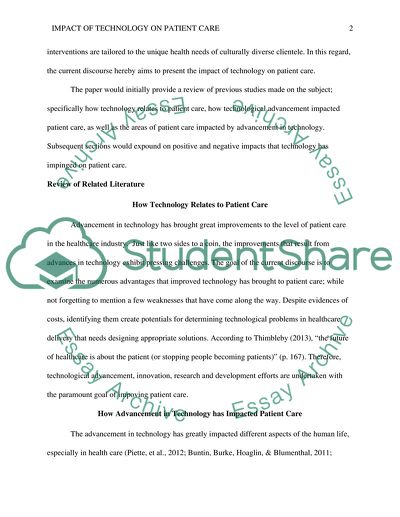Cite this document
(“Impact of technology on patient care Research Paper - 1”, n.d.)
Retrieved from https://studentshare.org/health-sciences-medicine/1687548-impact-of-technology-on-patient-care
Retrieved from https://studentshare.org/health-sciences-medicine/1687548-impact-of-technology-on-patient-care
(Impact of Technology on Patient Care Research Paper - 1)
https://studentshare.org/health-sciences-medicine/1687548-impact-of-technology-on-patient-care.
https://studentshare.org/health-sciences-medicine/1687548-impact-of-technology-on-patient-care.
“Impact of Technology on Patient Care Research Paper - 1”, n.d. https://studentshare.org/health-sciences-medicine/1687548-impact-of-technology-on-patient-care.


